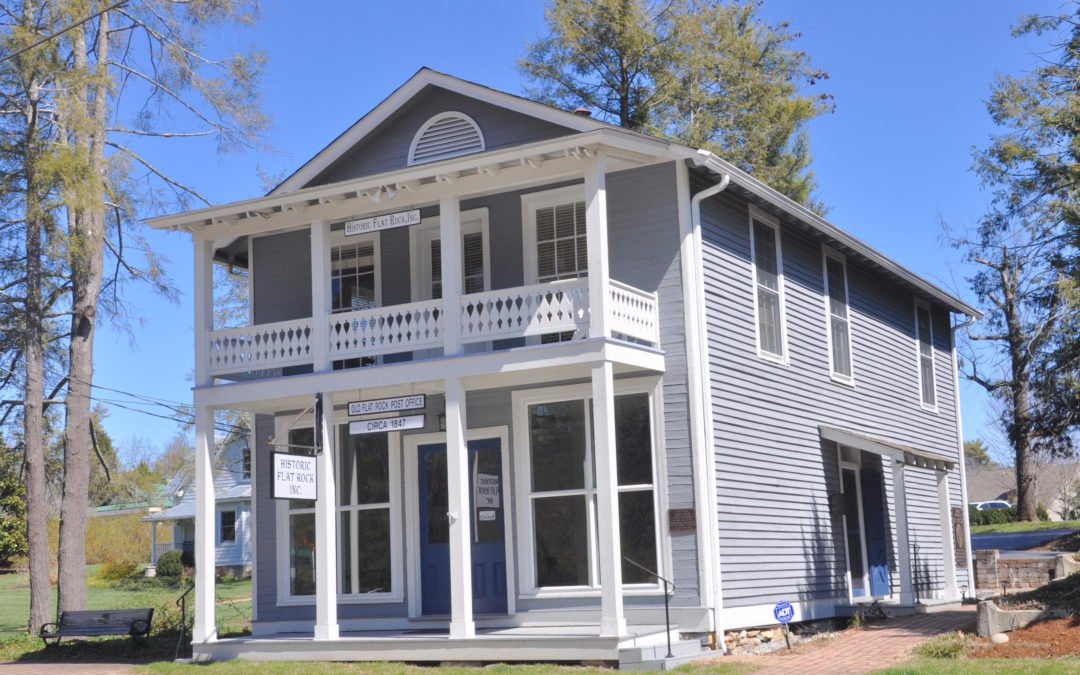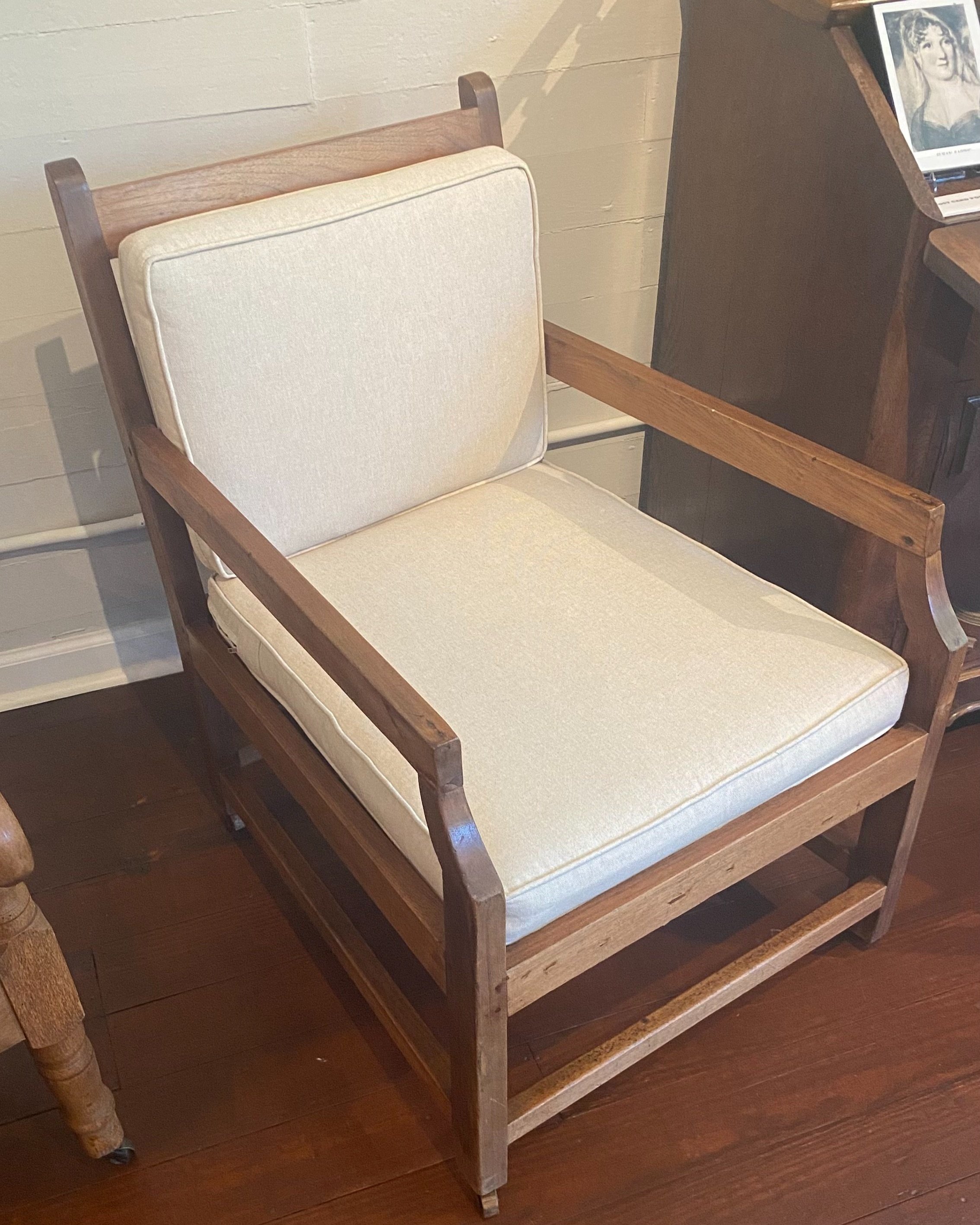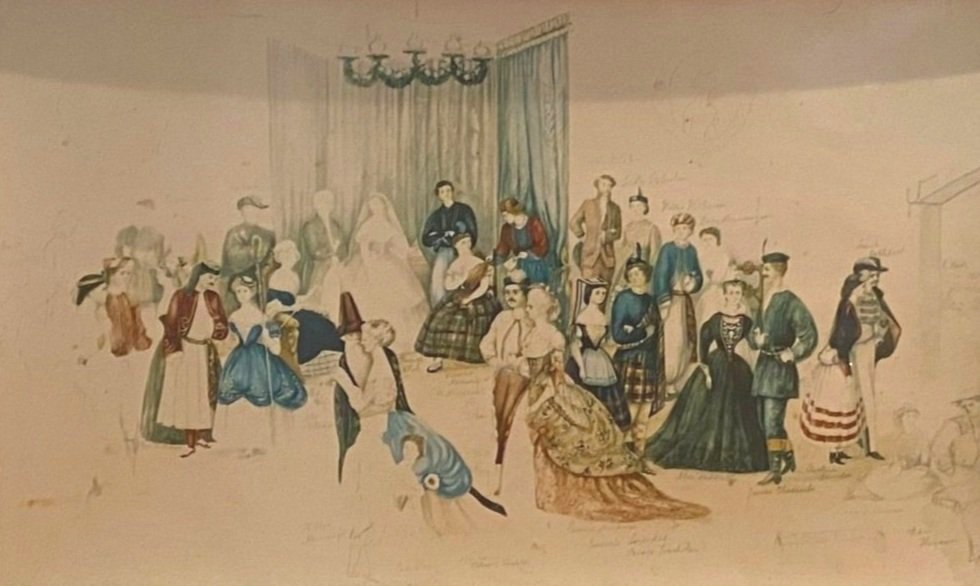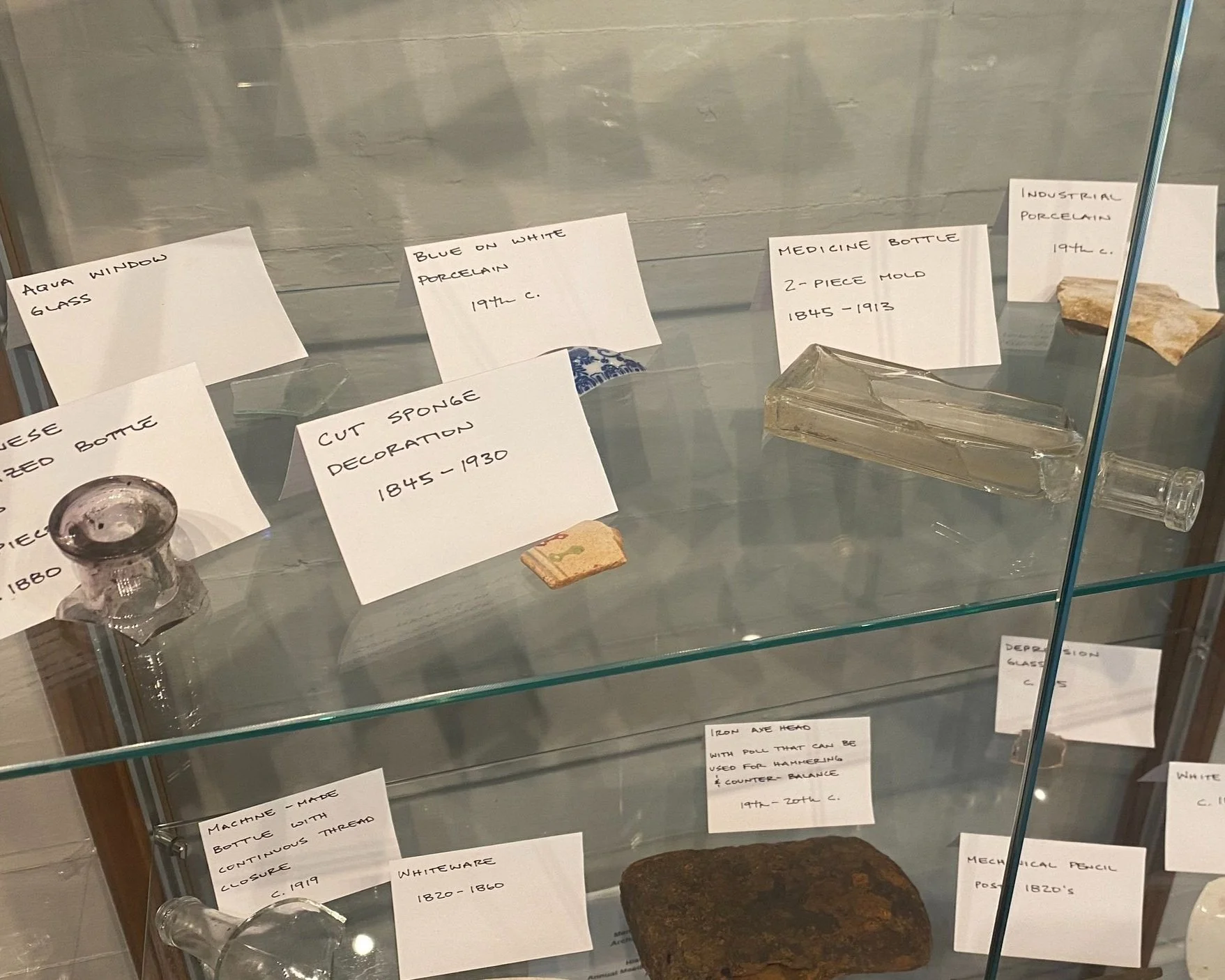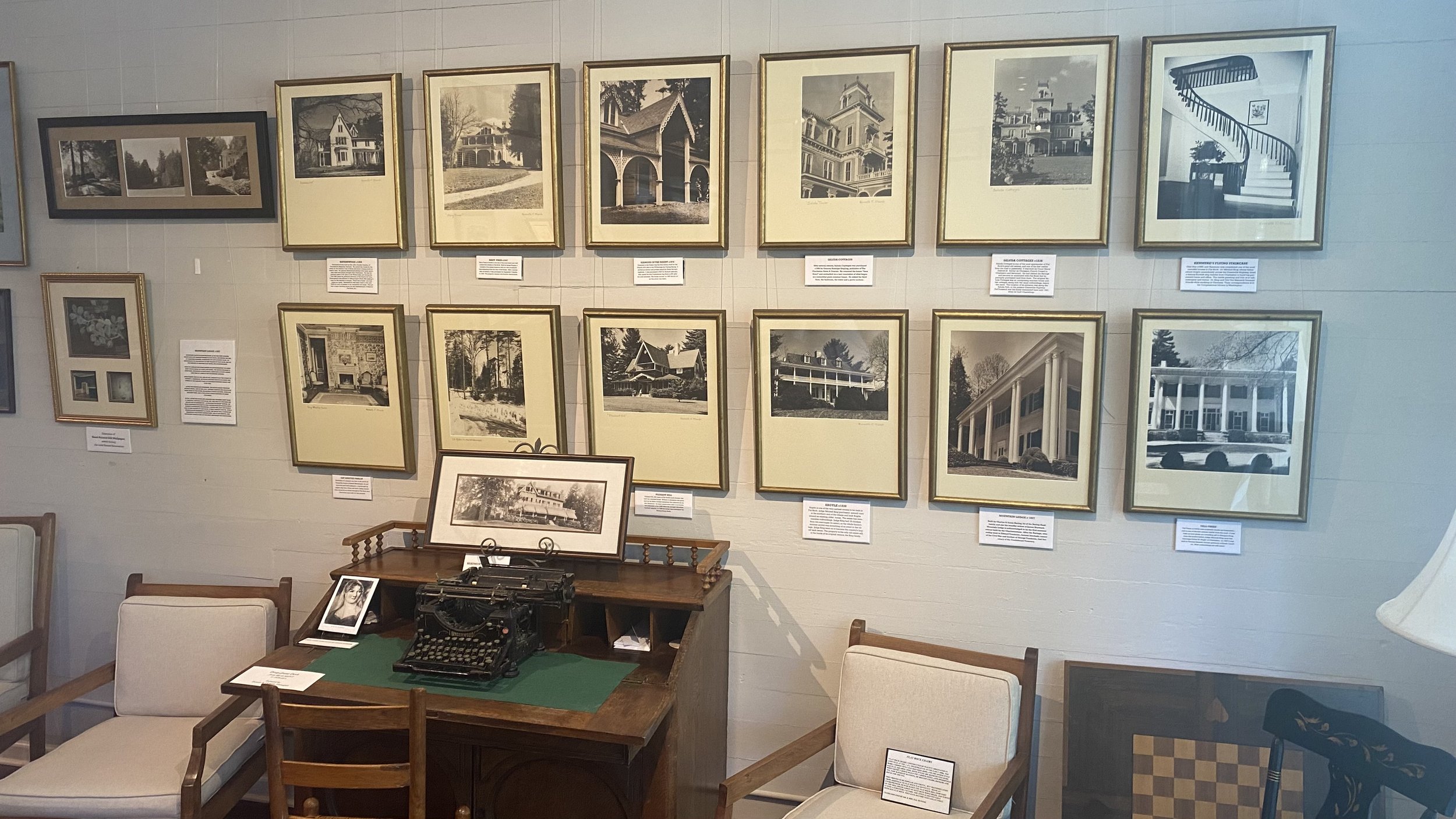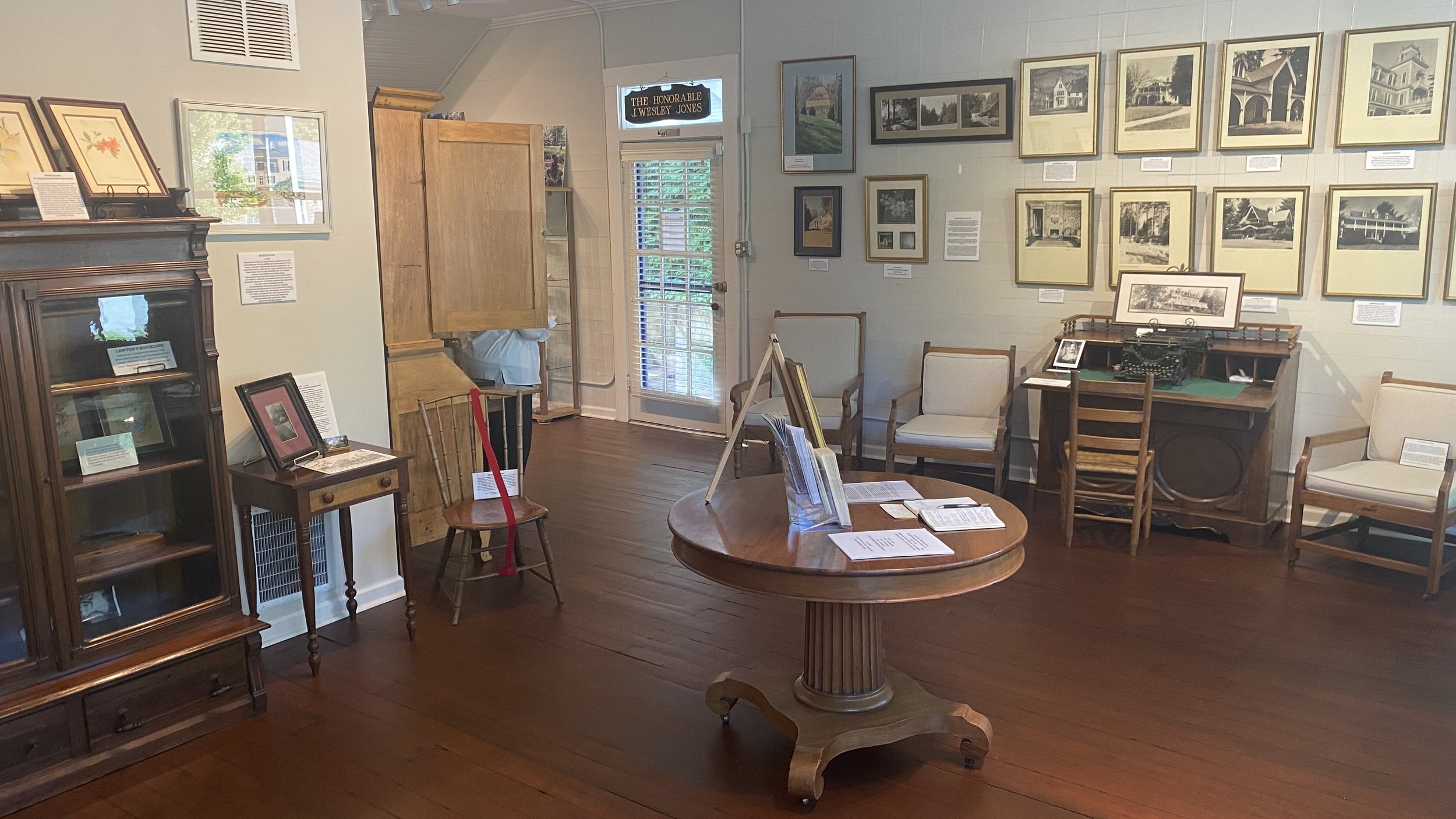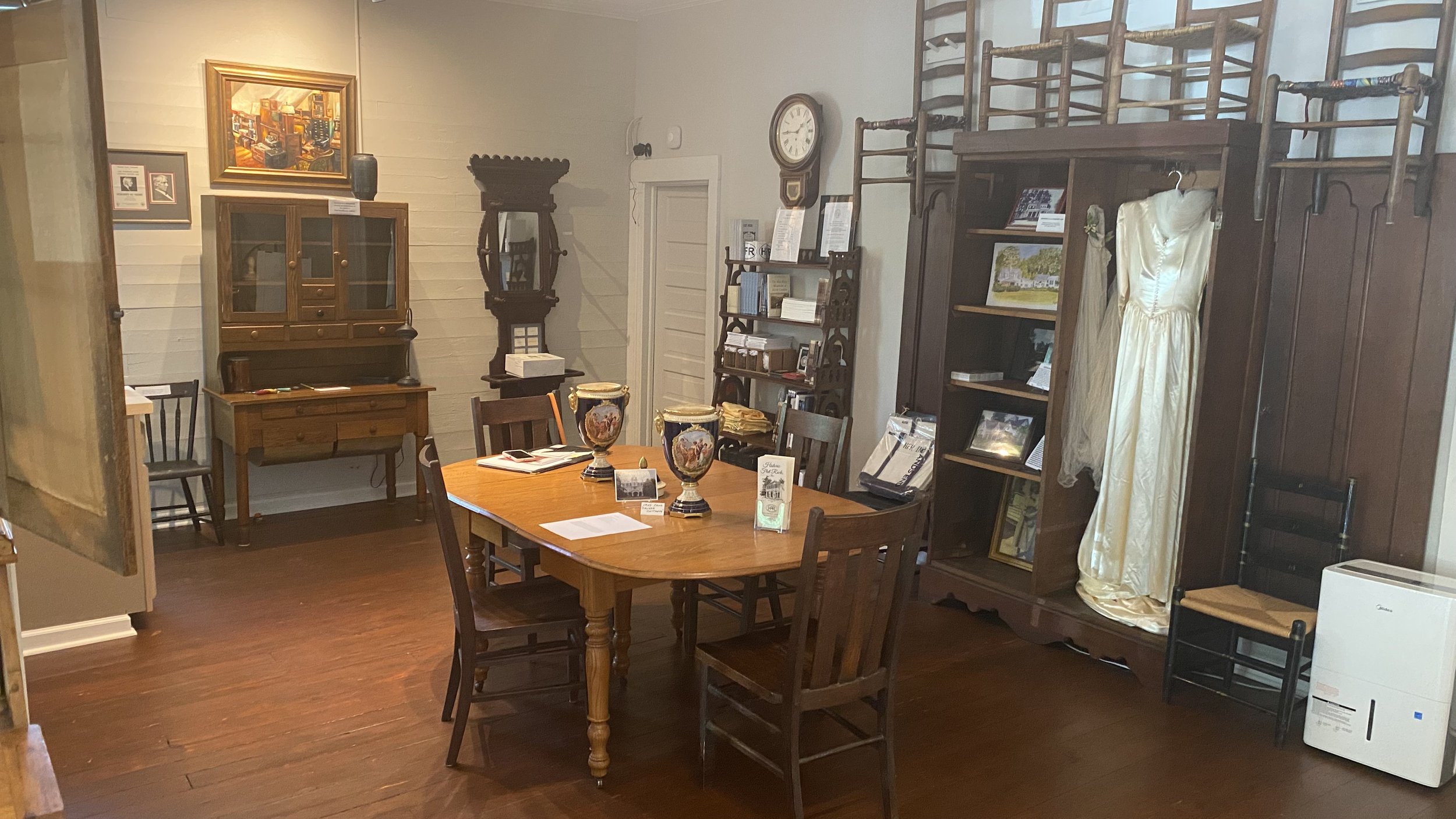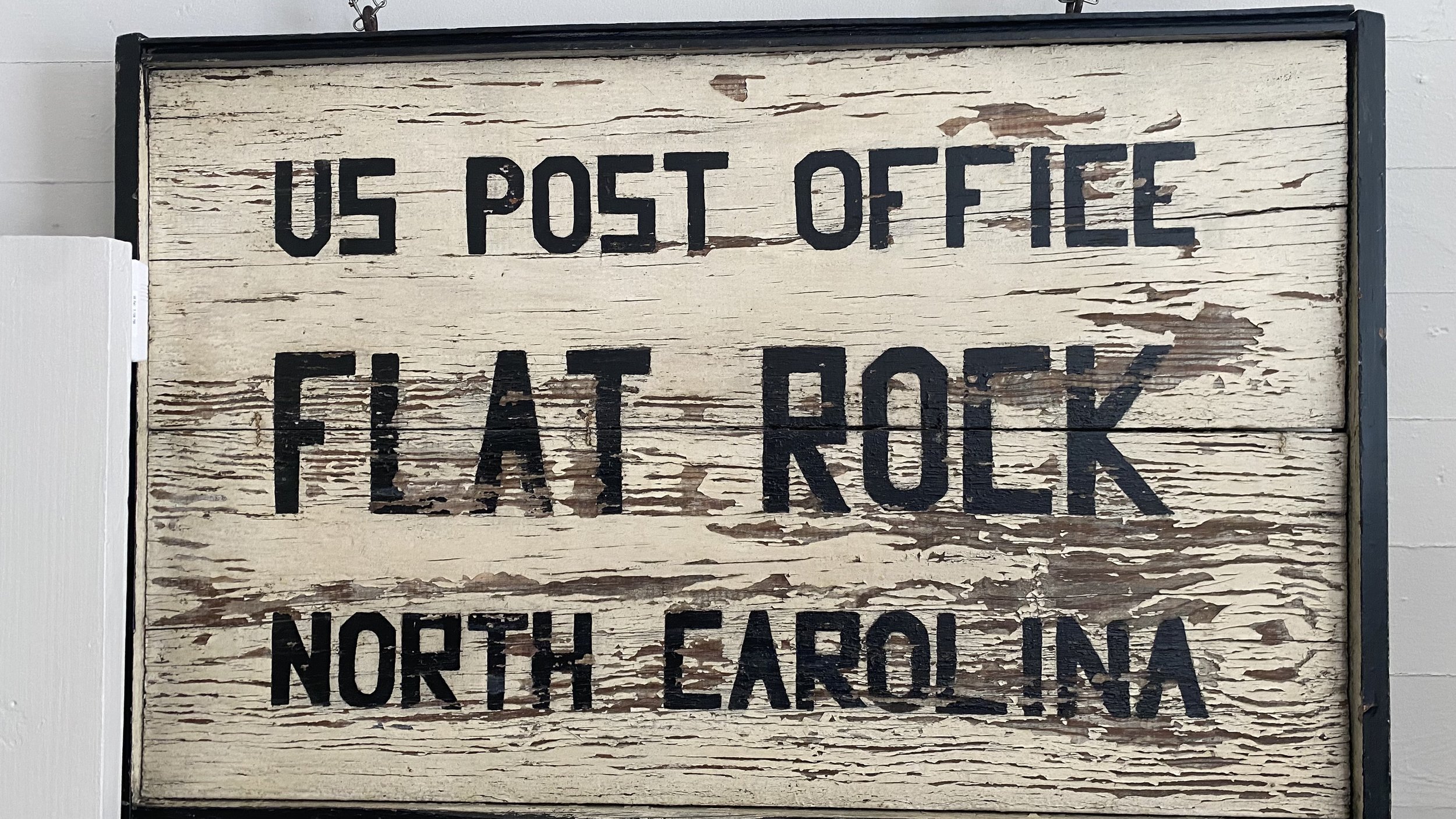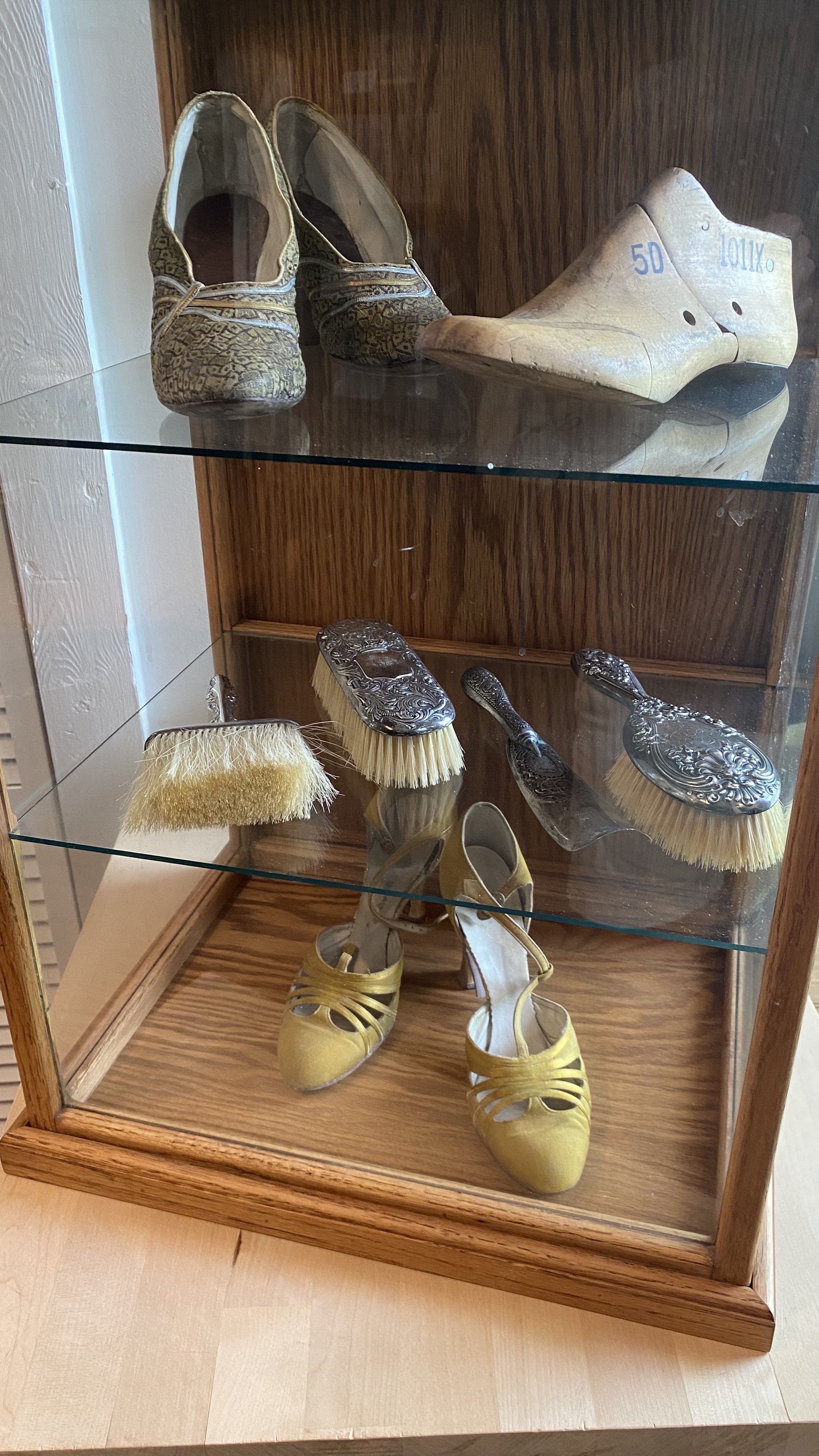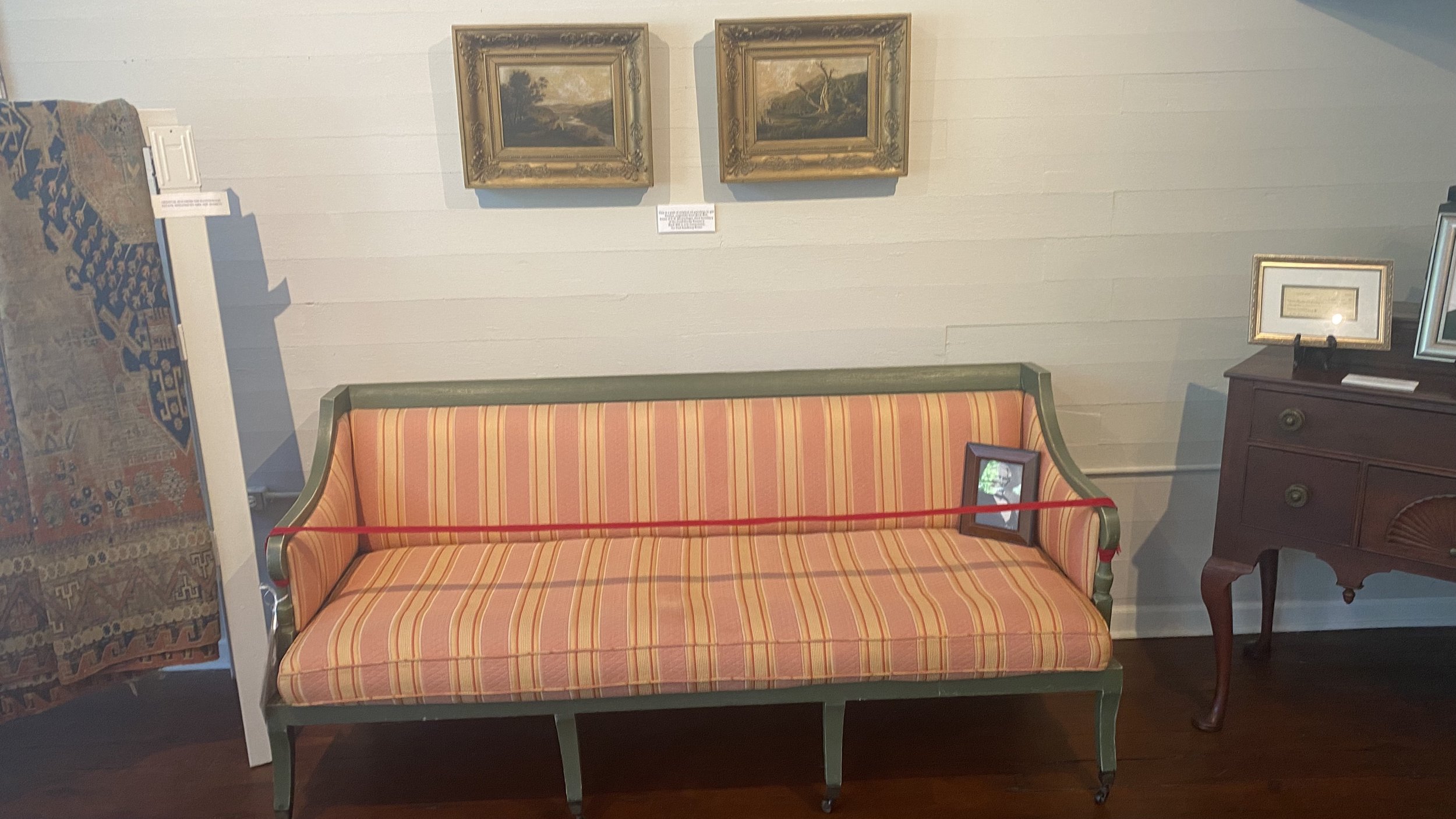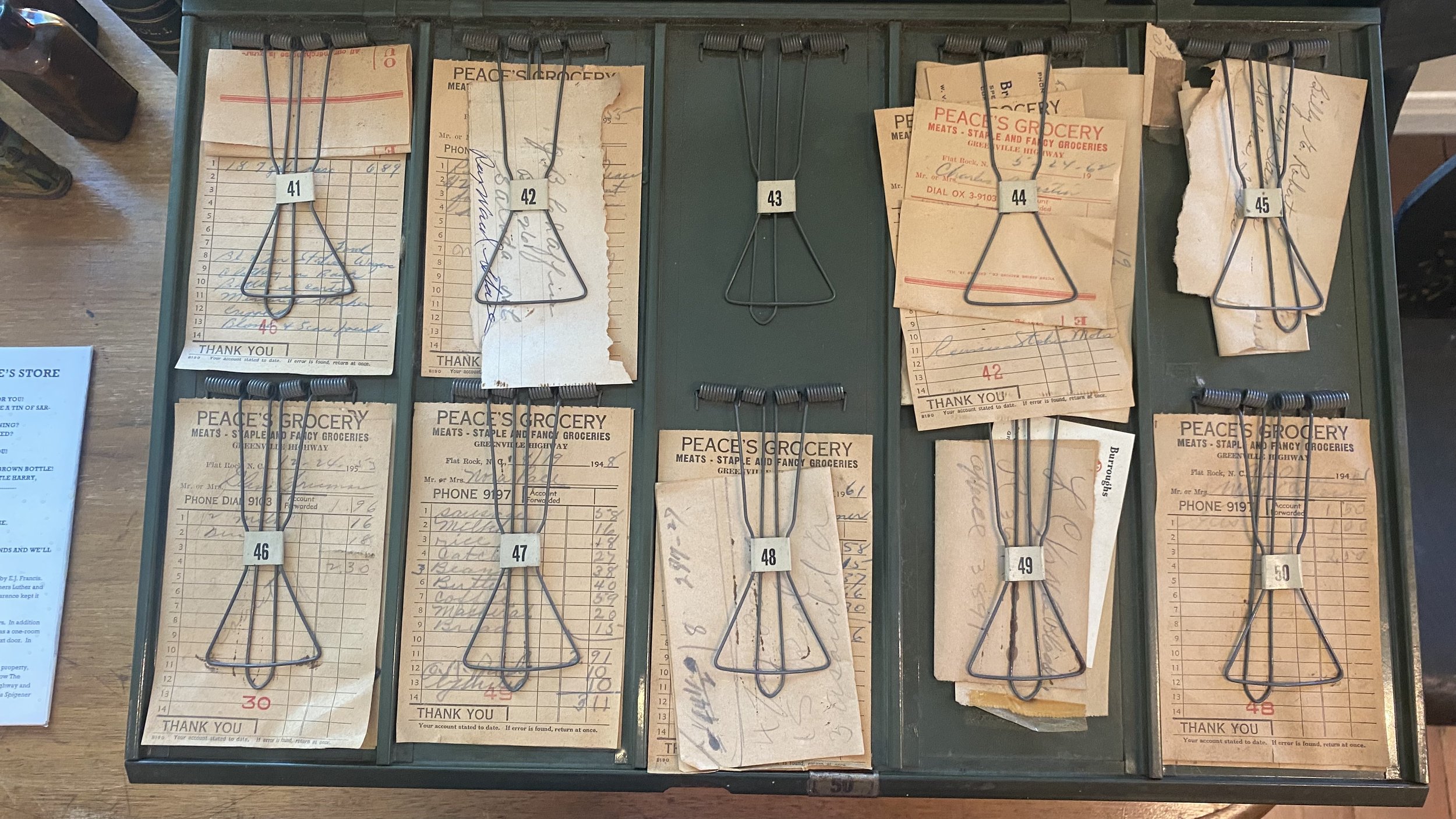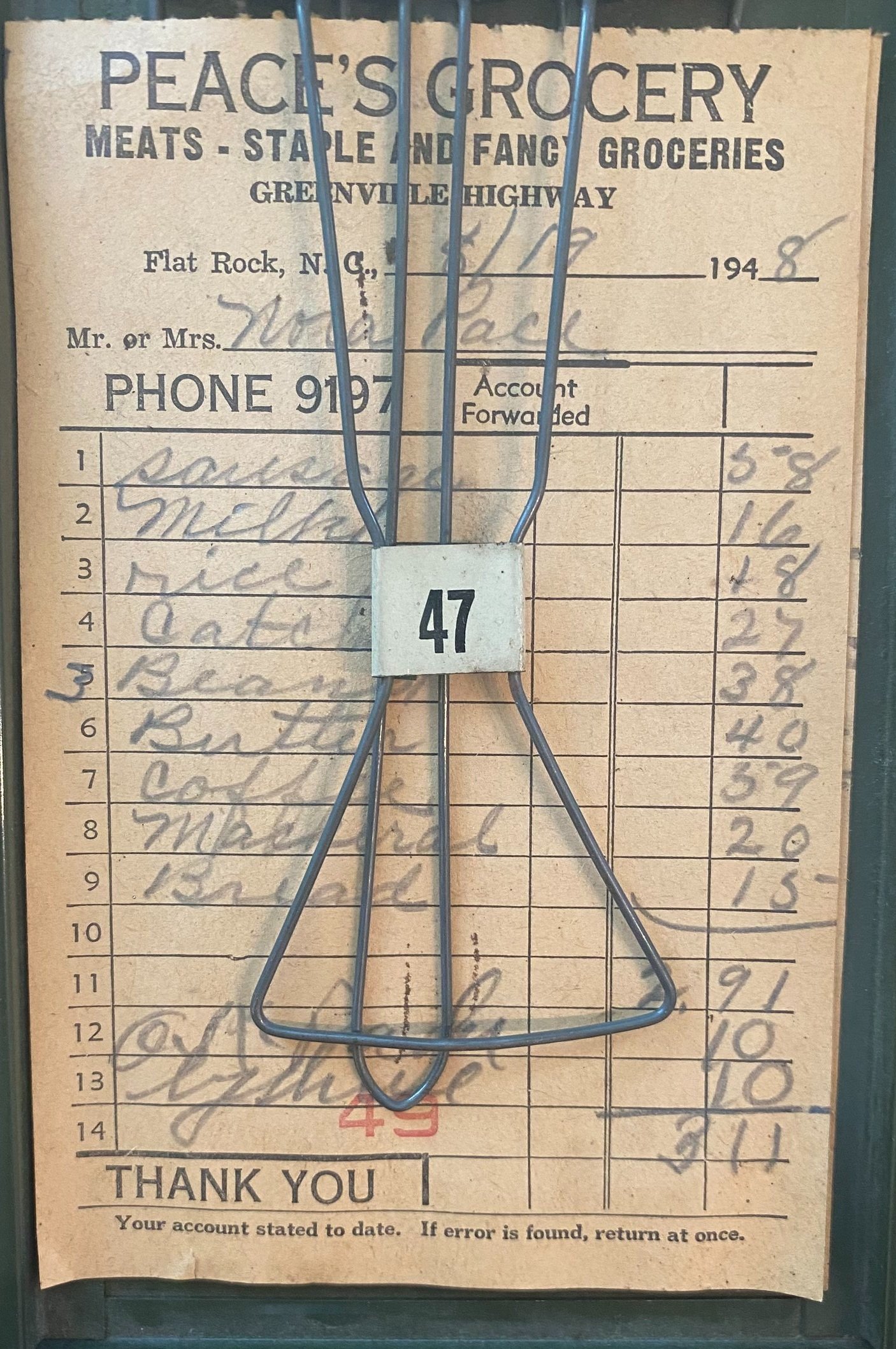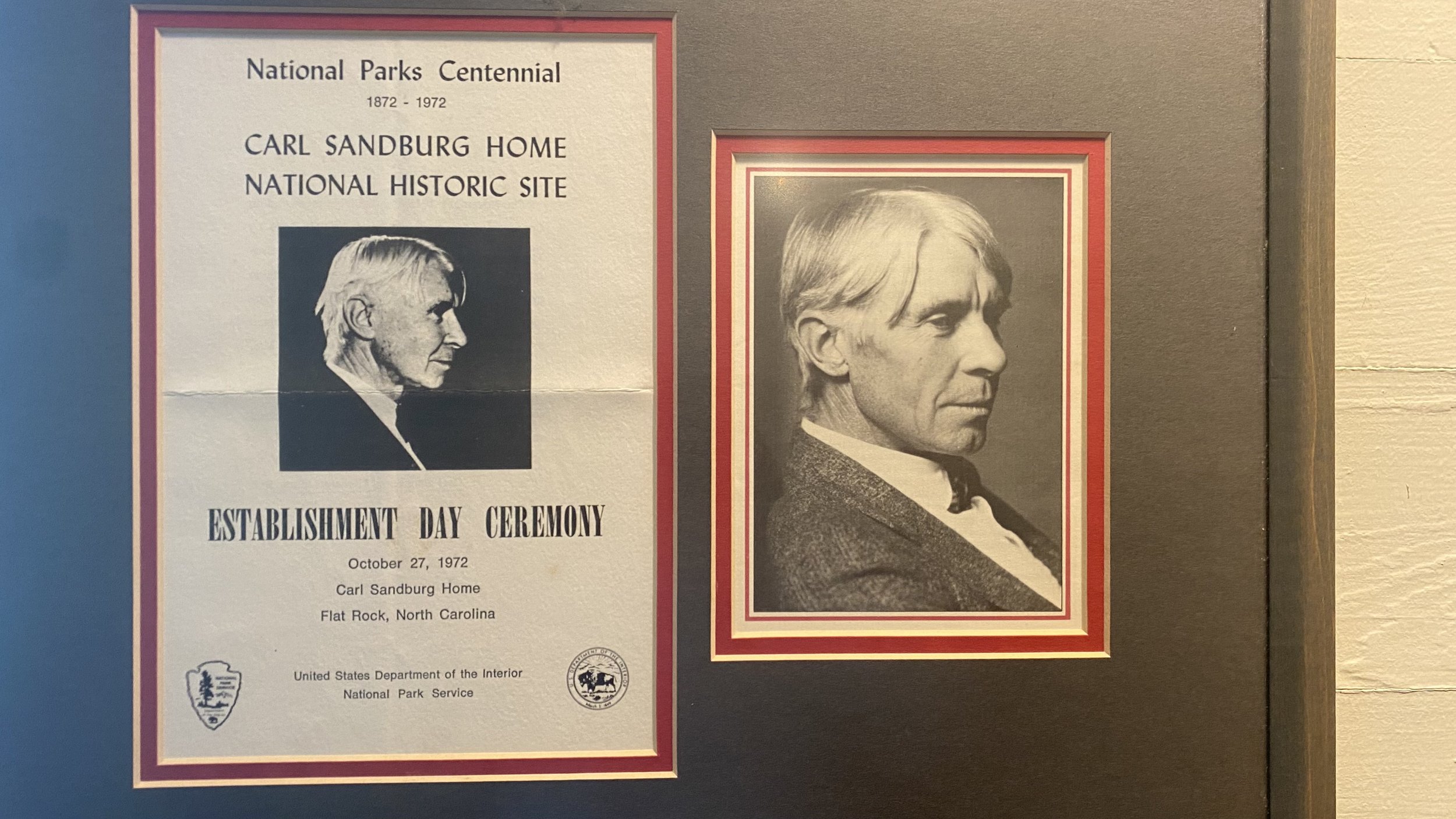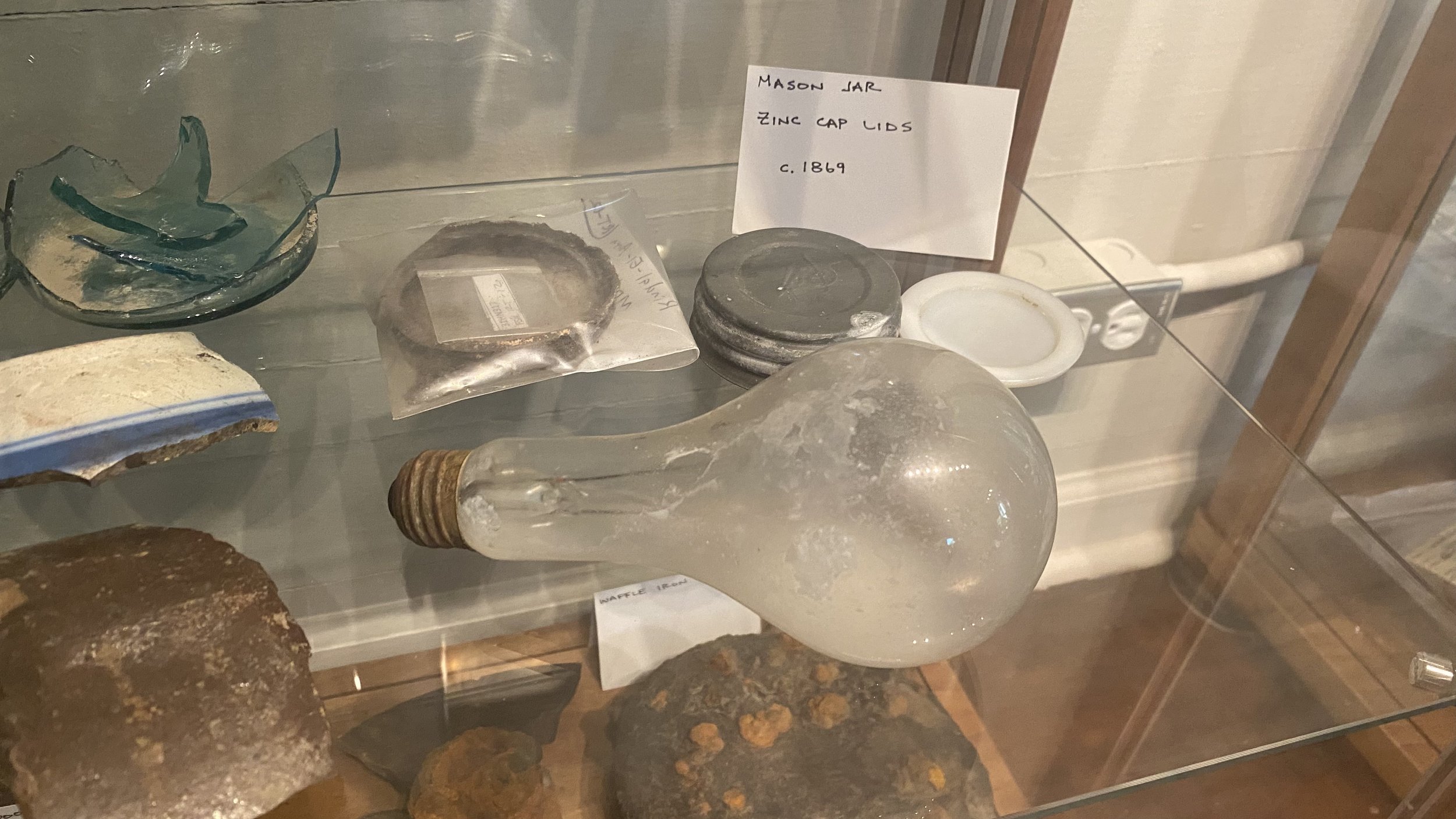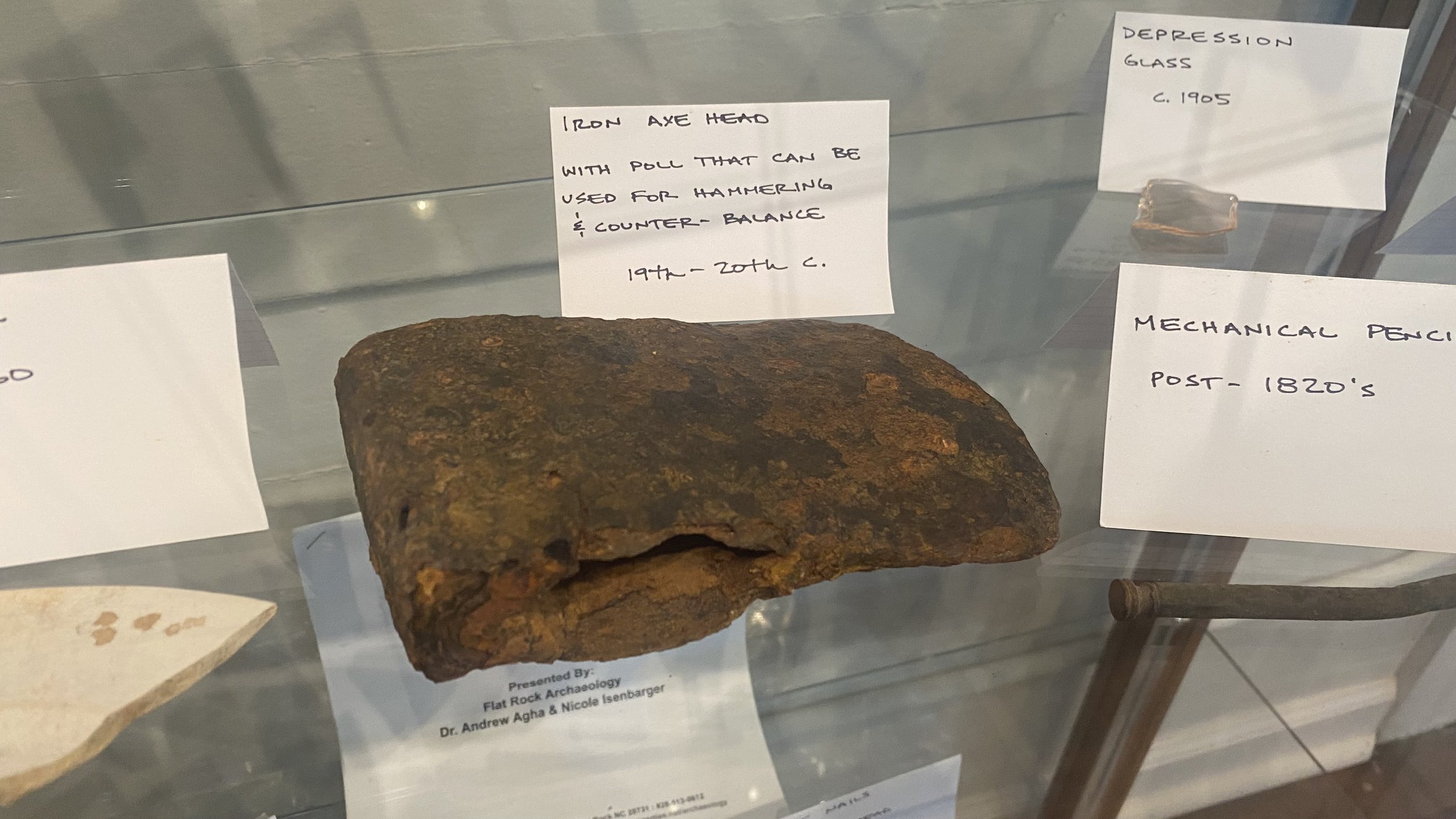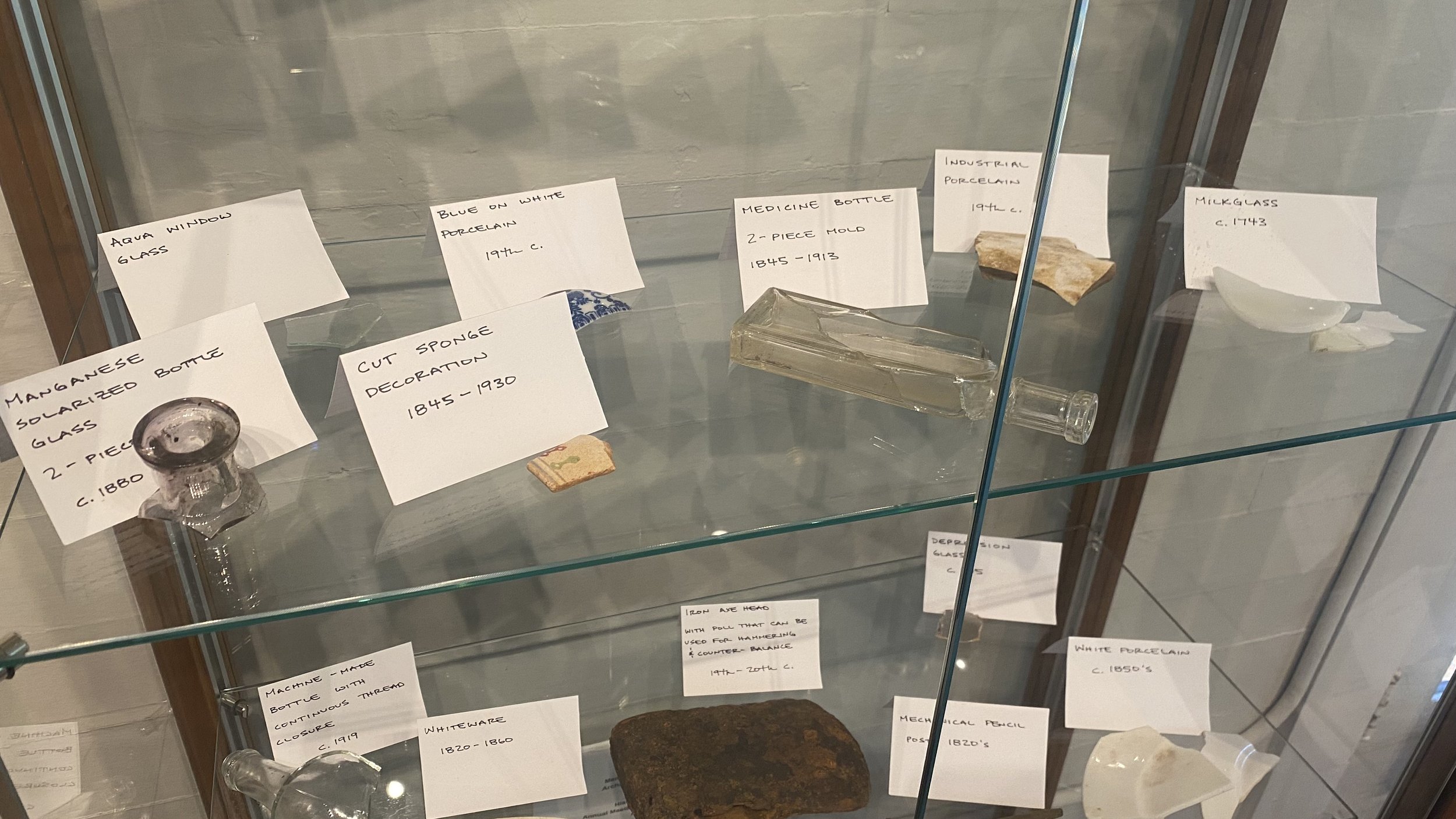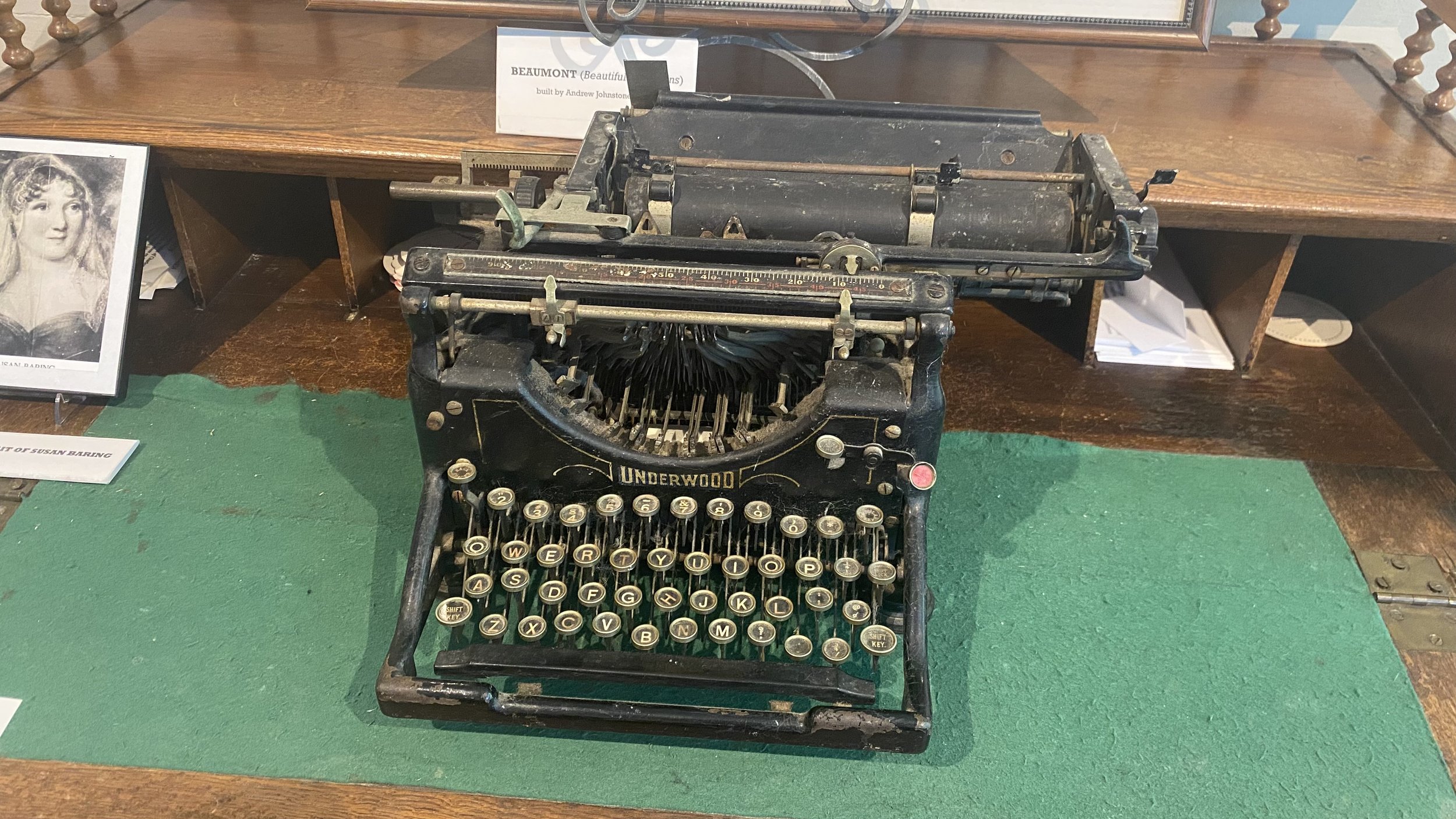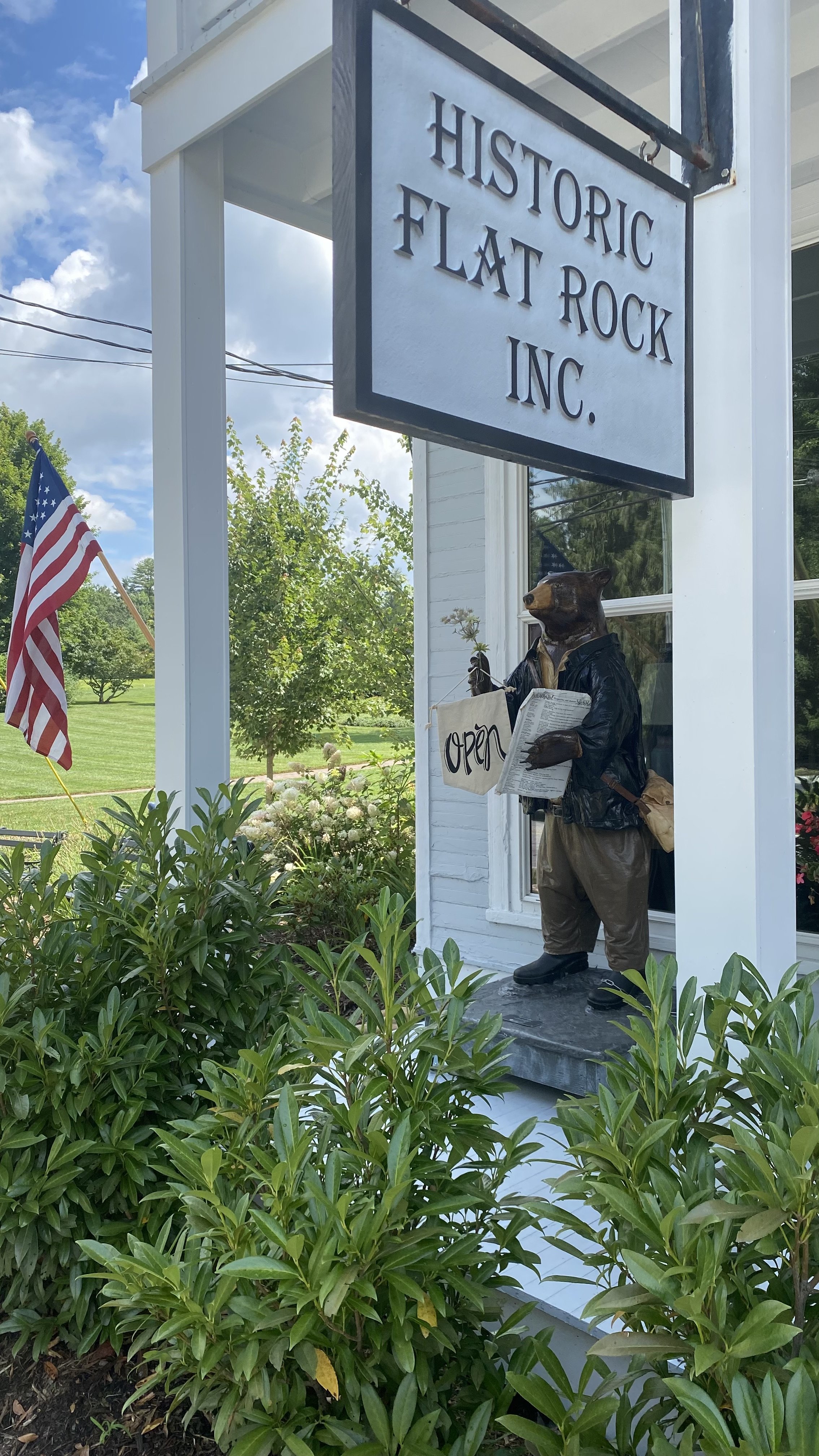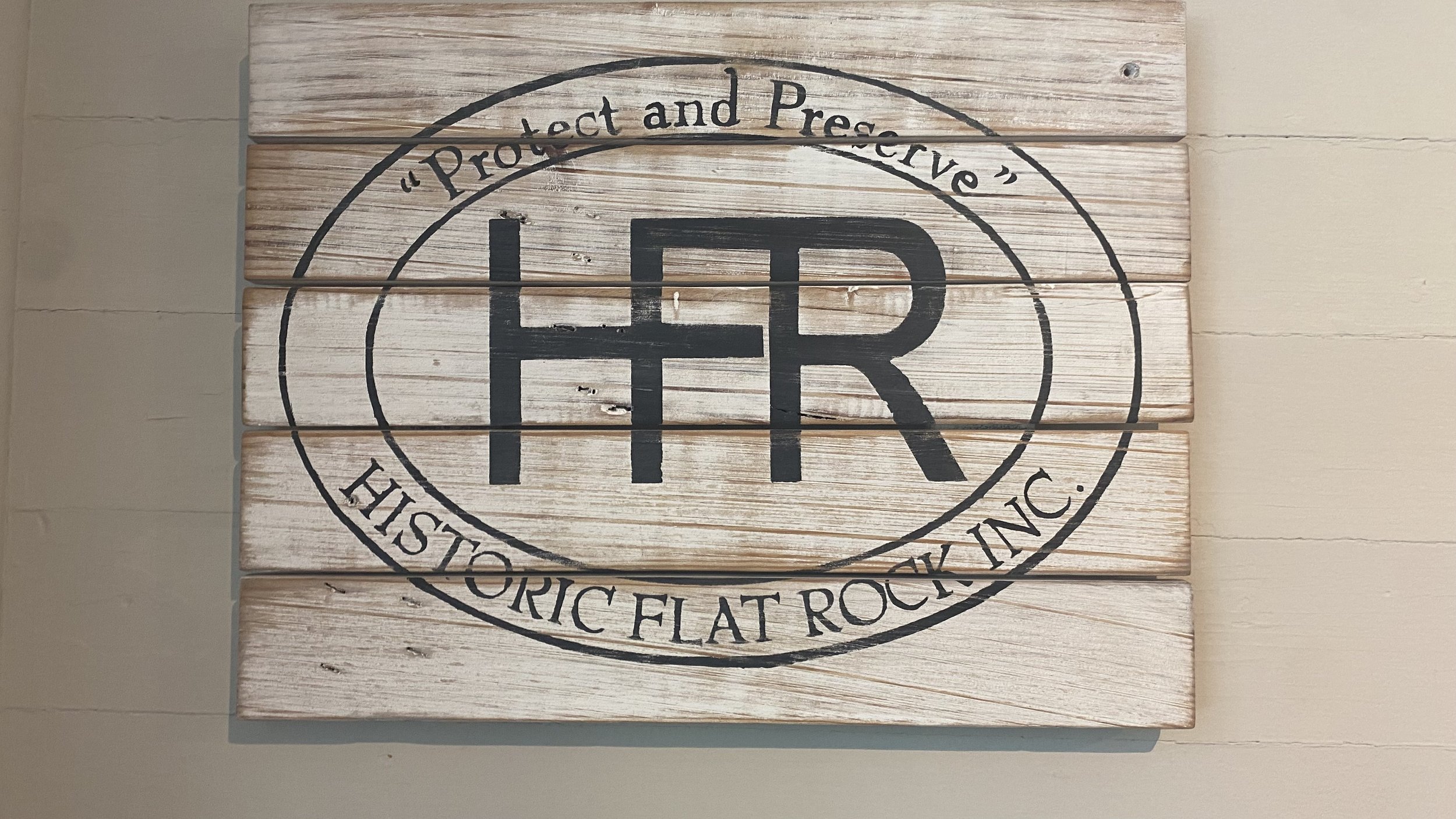To Protect and Preserve
/The Old Flat Rock Post Office built in 1847. Today it houses the historic Flat Rock, Inc Cultural Museum
Historic Flat Rock, Inc. was founded as a non-profit in 1968 and quickly partnered with St. John in the Wilderness Episcopal Church to restore the old parsonage where the first headquarters and office for HFR was housed. Quickly, HFR ran out of space and began looking for a new place to accommodate its growing archives, books and records.
In 1979 Historic Flat Rock, Inc. purchased the old post office and after extensive renovations, moved into the upstairs. The lower level was home to the Ladies Aid Society of Flat Rock’s Book Exchange until 2016 when HFR decided to create a cultural center and museum fulfilling its mission “to discover and collect materials of historic, artistic, or literary value, provide for preservation for such material and its accessibility as far as may be feasible for all who wish to examine it and to operate a cultural center.”
Today, the Cultural Center of Historic Flat Rock houses Flat Rock artifacts including original furniture from several historic homes, antique furniture manufactured in Flat Rock, antique clothing, photos and sketches of many of the historic homes in Flat Rock, and a wide range of artifacts collected during recent archaeological excavations in the village. The collection includes a cash register used by Clarence Peace at his Peace’s Grocery complete with bills of sale to many prominent Flat Rock families of the mid-20th century. There is also a typewriter used by Emily Whaley, author of Mrs. Whaley’s Garden.
HFR members Galen Reuther and Bay Chamberlain oversee the museum with the help of volunteers who help greet visitors and answer questions. “People who find us are thrilled at the number of items we have in the museum,” says Galen.
The Historic Flat Rock Museum, located across from the current US Post Office, is open for visitors from 10 am. - 2 p.m. on summer Saturdays - excluding August 5th when HFR will hold their annual meeting.
Parking is in the rear, accessed by the drive across from the Flat Rock Playhouse and next to the Village Hall. Plan your visit to see a treasure trove of collectibles and centuries-old examples from recent archeological excavations conducted in the village.
Admission is free.
An original Flat Rock Chair. Henry Farmer, who built the Farmer Hotel (later the Woodfield Inn and now Mansouri Masion) purchased the Flat Rock Mill on West Blue Ridge Road and built furniture such as this chair at that location.
Copy of Alice Middleton Lowndes watercolor of The Costume Ball at Flat Rock, 1866. In the late 1990s, Elise Rutledge Pickney and Henry Burke embarked on an extensive project to identify the attendees in the painting.
Artifacts, many of them dating back to the 19th century, excavated in Flat Rock. The collection includes pieces of ceramic ware, antique glass, apothecary jars, nails and tools used to create some of the original structures within the village.
One of the more dramatic and violent moments in the history of Flat Rock occurred during the Civil War. Beaumont, owned by Andrew Johnstone was one of the earliest grand homes in Flat Rock and during the final chaotic year of the war, a band of “bushwhackers” descended upon the estate on a warm June day in 1864 and gunned down Johnstone after he invited them to share a meal.
This tall drop-front desk was owned by the Johnstones at Beaumont.
The cash register from the iconic Peace’s Grocery which served Flat Rock residents for most of the 20th century. The register store bills of sale which cataloged the accounts of area residents who often purchased items on credit. Today, The Wrinkled Egg, occupies the building that was Peace’s Grocery.
]
The Cultural Museum has many sketches, photos, and information on some of Flat Rock’s earliest and grandest homes.
An armoire built in Flat Rock of native Black Walnut. Ca 1880 is was taken to Charleston where it survived the famous earthquake of 1886 and was later returned to Flat Rock.
Scroll down to see more images from the Historic Flat Rock Cultural Museum.
An Invitation
Become a Member of Historic Flat Rock, Inc.
Missy Izard Schenck, President
Historic Flat Rock, Inc. is an advocacy organization furthering its mission to protect and preserve Flat Rock. It takes a village to create a sense of place and one to make a difference.
Fifty-five years after its founding, the mission of Historic Flat Rock, Inc., to protect and preserve, continues with an emphasis on education and volunteer opportunities, community engagement and planning, and preservation and financial assistance of historic properties. The antebellum structures of Flat Rock, the people and their stories and traditions are laden with tales of the past and a history that inspires and connects us to the future of a place that is a “state of the heart” as well.
Communities must be vibrant to survive. With vibrancy comes inevitable growth and development. The late 1980s witnessed the beginnings of Flat Rock’s commercial growth and business district with the purchase of Peace’s Grocery Store by Virginia Spigener and Starr Teel. Now considered the heart of Flat Rock’s retail area, Little Rainbow Row, rooted in historic charm, is a Flat Rock landmark and destination.
Historic Flat Rock, Inc. is here to address modern society’s needs – roads and transportation, tourism, livability and growth while still protecting and preserving the architecture and material culture of Flat Rock. HFR believes preservation ensures that Flat Rock maintains a balance between its role as one of America's most important architectural resources – and as a real, vibrant village with a great quality of life for its residents.
Membership in Historic Flat Rock is open to the public. If you are interested in becoming a member of HFR, visit the website: historicflatrockinc.com or contact Membership Chair, Debbie Rouse, at debandturner@gmail.com.


